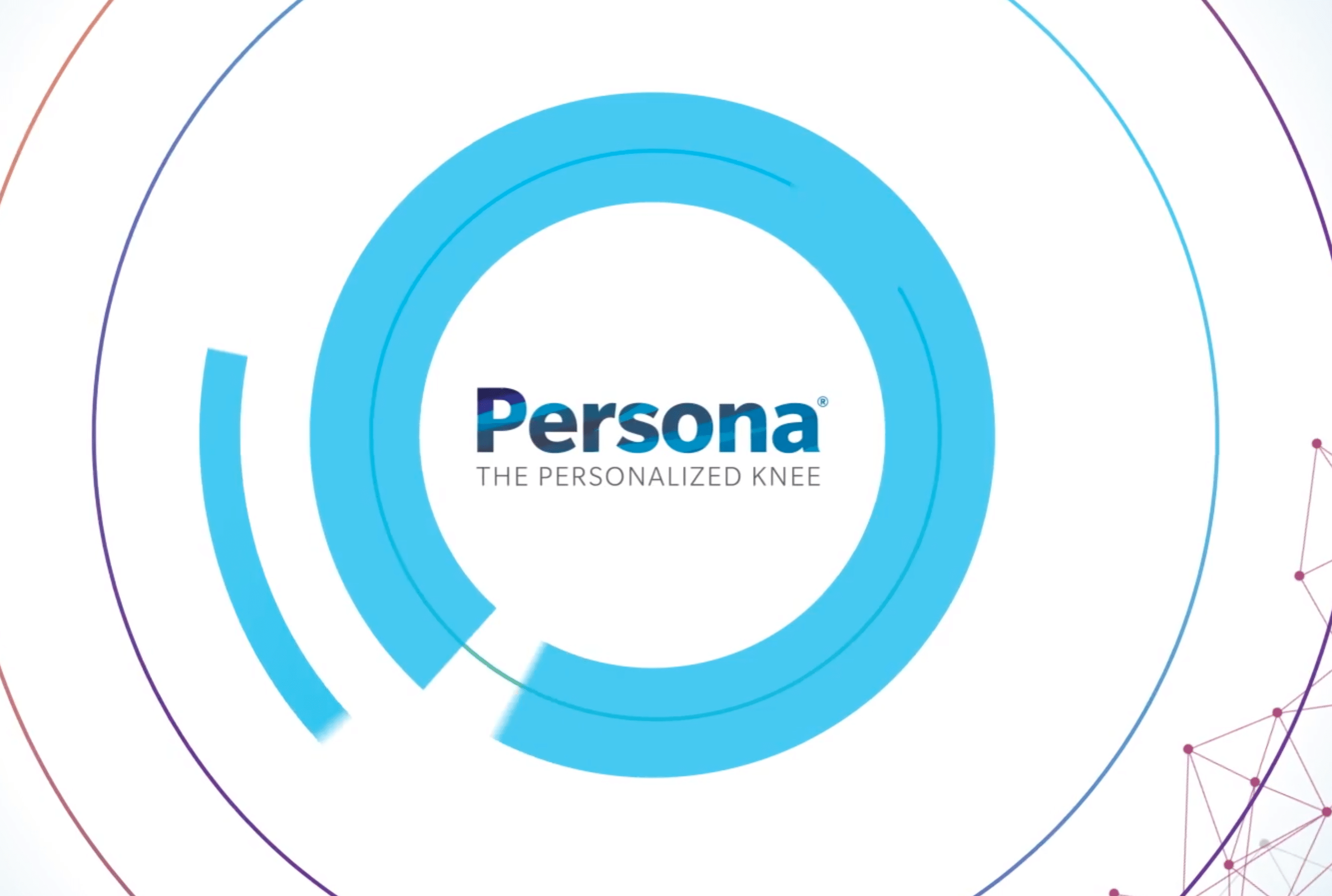Adverse knee pain has been reported in 10 to 34% of all TKRs. Up to 20% of those patients complain of more pain post-operatively than preoperatively. 1
In this study, thirty-three patients receiving a posterior stabilized knee with an anatomically shaped tibia were followed prospectively. They were matched in a 1:1 fashion with patients from a prospectively collected database receiving a posterior stabilized knee with a symmetrical tibial component. Subjects were matched for age, gender, body mass index, and preoperative Knee Society (KSS) objective and subjective scores, and Knee Injury and Osteoarthritis Outcome Score (KOOS) pain sub-scores. 2
The following outcomes were assessed using computerized tomography:
- Tibial implant rotation
- Bone coverage
- Incidence of posterior tibial component overhang > 3mm
Functional outcomes measured:
- KSS
- KOOS
At the 3-year follow-up the anatomic tibia group demonstrated superior results for all components of the KSS compared to the symmetrical tibia group (mean difference 20 ± 21 points; P = 0.0005), mainly due to a difference in the IKS pain sub-score (mean difference 11 ± 15 points; P = 0.0002). This was associated with significantly lower rates of posterolateral tibial overhang of >3mm (2 of 33/6% in the anatomic group compared to 13 of 33/39% in the symmetric group; p = 0.001). 2
The authors recognized that pain after TKR has been attributed to conflicts between prosthetic components and soft tissues and suggested that superior pain scores in the anatomic group might be explained by the small number of prostheses with posterolateral tibial overhang. 2
No difference was observed between the groups for tibial rotation, bone coverage or for the short version of the KOOS score; but the multivariate analysis did show that the anatomic tibia had a positive, independent effect on KSS pain (P = 0.006) and KOOS pain sub-scores (P = 0.03).2
The authors concluded that: “in this matched controlled study, the use of an anatomic tibial tray improved implant positioning, reducing prosthetic overhang. Compared with the use of a symmetrical tray, at midterm follow- p, an anatomic tibial tray allows better clinical results.” 2
It should also be noted that the symmetrical group in this study all received a NexGen® Knee, which has been recognised as the ‘benchmark’ knee for patient outcomes.3


